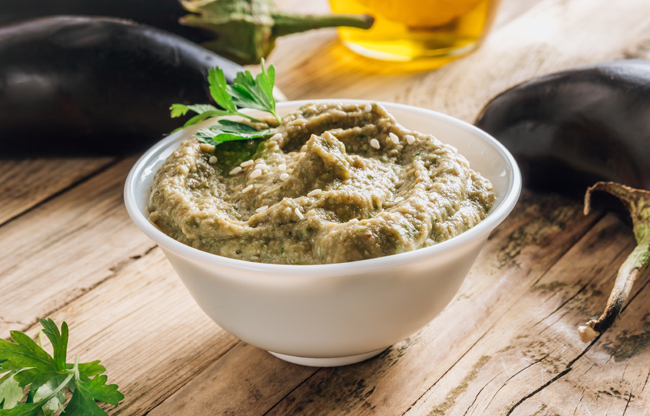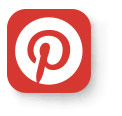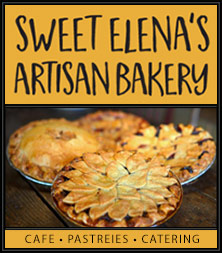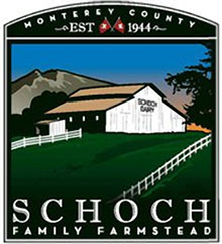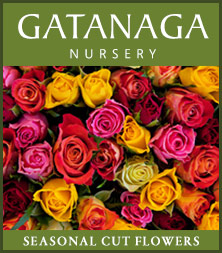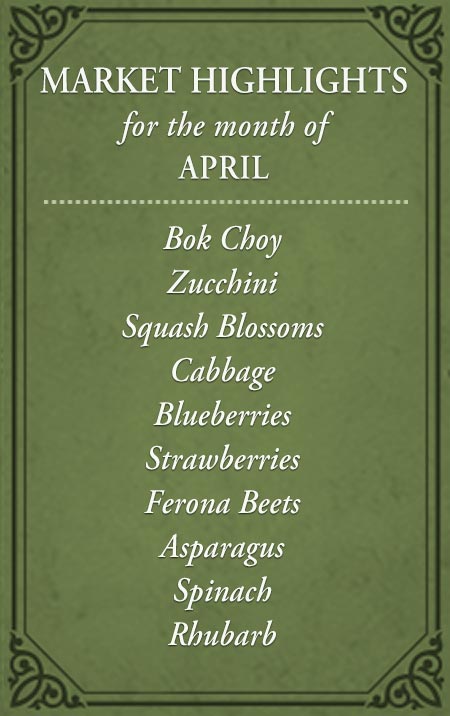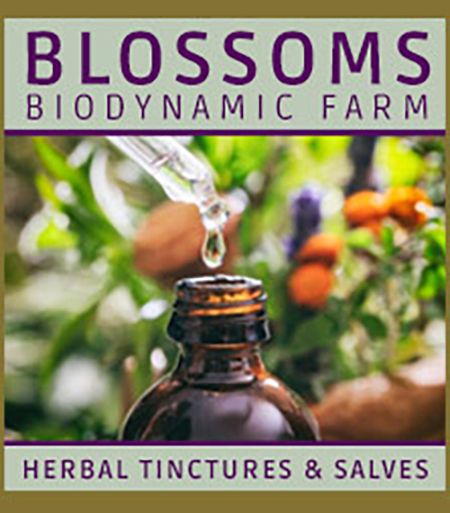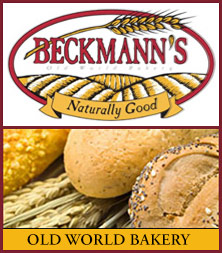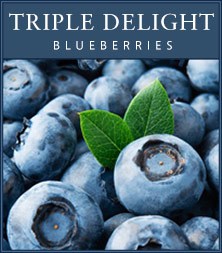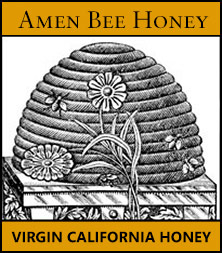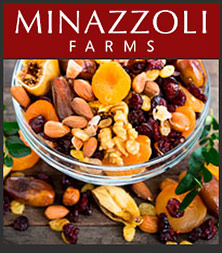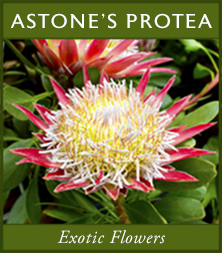Eggplant, also known as aubergine, is a member of the nightshade family, sharing its botanical lineage with tomatoes and potatoes. This strikingly diverse fruit—often mistaken for a vegetable—carries a long and fascinating history.
In the 1600s, eggplants were called mala insane or “mad apples,” reflecting the belief that eating them might cause insanity. While those old superstitions have long been disproven, the culinary appeal of eggplants has only grown. Thomas Jefferson is even credited with introducing them to the United States.
Eggplants are composed of about 95% water and hold the unusual distinction of having the highest nicotine content of any fruit—though only in trace amounts. In fact, you’d need to eat around 45 pounds of eggplant to match the nicotine in a single cigarette, so there’s no risk of developing a craving from your favorite eggplant dish!
A quick kitchen tip: avoid slicing eggplants with carbon-steel knives. Their white flesh, rich in phytonutrients, can react with the metal and turn black. Instead, use stainless steel or ceramic knives to preserve their fresh flavor and appearance.
Eggplants come in a dazzling variety of sizes, shapes, and colors. While the deep purple Italian type is the most familiar in farmers’ markets, KT Farm grows several Asian varieties, including Thai, Chinese, and Japanese eggplants. Thai eggplants are small, round, and often streaked with white, green, or purple, making them a staple in Southeast Asian dishes. Chinese and Japanese eggplants are long and slender, prized for their sweet flavor and tender, edible skin.
Italian eggplants, with their rich dark-purple hue, are meaty and balanced in flavor. They shine in Mediterranean classics like eggplant Parmesan, baba ganoush, and caponata.
How to Select Eggplants
When shopping at the farmers market, choose eggplants that feel heavy for their size, with smooth, glossy skin free of blemishes or wrinkles. The stem should look fresh and green, not dried out. Gently press the skin with your thumb; a ripe eggplant will spring back instead of leaving an indentation.
Storing Eggplants
Eggplants are best eaten fresh but can be stored in a cool spot on the counter for a day or two. For longer storage, place them in the crisper drawer of your refrigerator, loosely wrapped in a paper towel inside a perforated bag. Use them within 3–5 days for the best flavor and texture. Avoid storing them near ethylene-producing fruits like tomatoes and bananas, which can cause eggplants to spoil more quickly.
Whether enjoyed in a rustic Italian recipe or a fragrant Thai curry, eggplants offer a world of flavor and versatility. With so many varieties available at our farmers’ markets, it’s the perfect time to bring home something new and delicious.
To learn more about all of the varieties of eggplants, see A Guide to Different Eggplant Varieties.
RECIPES: Click here for eggplant recipes!




